|
This story was supposed to be about my adventures in Montsant DO wine region in Catalonia, Spain. I was invited to visit Montsant this past April, but due to the pandemic, the press trip was canceled. We are tentatively rescheduled to visit Montsant in late October but I am not optimistic that we will be back to a “normal” traveling pattern by then. So, in the meantime, my wine glass and I will continue to virtually explore different wine regions. I recently received two bottles of Montsant DO wine to whet my palate in anticipation of a future trip there. So, in addition to reviewing these wines, I’ve decided to include a very brief overview of Montsant with the hope of piquing your interest. Montsant DO is located in northern Spain at the southern end of Catalonia. The region is shaped in the form of a semi-circle that almost completely surrounds the renowned Priorat region. Montsant is made up of mountainous terrain with high altitude vineyards situated between 50 to 700 meters above sea level. Seventeen sub-regions are located within this semi-circle. Montsant was always considered an unexceptional sub-zone of the Tarragona region until growers petitioned to have their sub-region status changed. In 2001, Montsant finally extricated itself from Tarragona’s shadow and was officially recognized as a DO (Designation of Origin). With this new status, growers were motivated to increase vineyard plantings, combine centuries-old tradition with modern technology in wine production and actively promote their wines. There are presently 61 wineries ranging from large cooperatives to small family businesses. Approximately 2000 hectares are under vine, with the majority (94%) being red grape varieties. Montsant climate is Mediterranean with continental attributes that are also influenced by the mountainous terrain. Soils throughout the sub-zones are diverse and tend to be high in granite, slate, calcareous and/or limestone-based. The high diurnal range in temperature combined with the soil components contributes to the development of aromas and complexity in the grapes. The two major red grape varieties are Garnaxta Negra (Red Grenache) and Carinyena (Carignan). Garnatxa Blanca (White Grenache) and Macabeu (Viura) are the most widely grown white grape varieties. Both samples of wine are an expression of what Montsant DO has to offer and they are a nice introduction to this region. COFAMA was founded in 2002 and represents different wineries as well as their own brands. Clos de Nit is a Catalan phrase that means “vineyard of the night”. Clos De Nit Crianza DO Montsant 2016 This wine is a lovely blend of 40% Garnaxta Negra, 40% Carinyena and 20% Syrah and is aged for six months in oak. The color is dark ruby with aromas of dark plum, black cherry, berries, spice and a hint of clove. It is well structured with mild tannins and dark cherry, berries, cranberry, toast, spice, pepper and anise on the palate. The finish is long with a touch of minerality. Alcohol: 13.5% SRP: $13 Clos De Nit Tinto DO Montsant 2017 This wine is a blend of 40% Garnaxta Negra, 25% Carinyena, 20% Merlot, 10% Tempranillo and 5% Cabernet Sauvignon. Aromas of lush red fruit, floral and blueberry make their way onto the palate with plum, red and black berries, red cherry and a hint of herbs and fennel. Smooth tannins and a long finish are quite satisfying. Alcohol: 13.5% SRP: $13 Montsant is putting itself on the map with its excellent, concentrated and expressive red wines. And, they are giving value competition to their famous neighbor, the Priorat region. I look forward to traveling to Montsant someday soon to explore more of these delicious wines. And I promise that my next story about Montsant DO will cover winery visits, food, culture and a much more in-depth view of this fascinating wine region.
Until next time, Cheers! Penina To leave a comment or if you have an inquiry, please contact me at [email protected] Since traveling doesn’t seem to be an option these days, my wine glass and I have been roaming the world from the comfort of home. Our most recent virtual stop was to Rioja, Spain to taste a few delectable wines. Rioja wine region is located in north-central Spain and is made up of valleys that stretch along the Ebro River. Rioja is divided into three sub-regions: Rioja Baja, Rioja Alta and Rioja Alavesa. CVNE (pronounced coo-nay) is an acronym for Compania Vinicola del Norte des Espana and it is one of Rioja’s most iconic and historic wine producers. Two brothers founded the winery in 1879 and within six years they began receiving international awards for their wines. By 1915 they introduced Monopole, the oldest white wine brand of Spain. The current owners are direct descendants and represent the fifth generation. CVNE owns 545 hectares of vineyards and several wineries that are dispersed throughout the subregions of Rioja Alta and Rioja Alavesa. The vineyards benefit from the influence of the Atlantic and Mediterranean climates and are rich with calcareous clay, ferrous clay and alluvial soils. Cune Rosado DOCa 2019 This wine is 100% Tempranillo, hand-picked from Rioja Alta sub-region. A cherry red color leads to fragrant aromas of strawberry and candied fruit. This a dry wine with crisp acidity, strawberry, cherry and licorice on the palate. It is a nice balance between sweet and tart. Serve as an aperitif or make it into a spritzer. It will pair well with appetizers, seafood and light fare. Alcohol: 13% SRP: $13 Viña Real Crianza DOCa 2016 The first Viña Real wines were launched in 1920 and are produced from grapes grown in the heart of the Rioja Alavesa province. This wine is a blend of 90% Tempranillo and 10% Garnacha, Graciano and Mazuela. Crianza is a Spanish wine classification indicating the wine is aged for a minimum of one year in casks and a few months in the bottle. This wine is aged in French and American oak casks for 13 to 14 months. Dark ruby in color, this wine delivers lush aromas of dark fruit, spice and vanilla. The palate offers expressive and juicy notes of dark plum, dark cherry, pomegranate, floral, spice, vanilla and licorice. Hints of pepper and toasty notes linger on a long finish. Fine tannins, depth and complexity add to the elegance of this wine. I’m still in awe of the price! Serve with grilled meat, grilled fish, stews and pasta.
Alcohol: 14.5% SRP: $17 CVNE wines never disappoint me. I’m looking forward to exploring and tasting more of their wines! Until next time… Cheers! Penina To leave a comment or if you have an inquiry, please contact me at [email protected] Spring has finally arrived and quietly entered a world filled with chaos and uncertainty. Most of us have barely noticed that a new season has begun, but spring brings with it a time of renewal, rebirth and hope. Although many of us are sequestered right now, Mother Nature is not. Soon, the trees and flowers will be blooming, birds will be building nests, hummingbirds will return to the north and we will all eventually get back to “normal”. We will once again enjoy picnics, outdoor concerts, dining in restaurants and travel! So, with that in mind, here are some delicious rosés from around the world to usher in spring. Let’s bring the celebration indoors and toast Mother Nature and us! La Fiera Cerasuolo d’Abruzzo Rosé DOC 2018 This wine is 100% Montepulciano. The grapes are sourced from the Cerasuolo d’Abruzzo DOC appellation in Abruzzo, Italy. A lovely bouquet of strawberry, cherry and floral segue onto the palate with a perfect blend of crisp acidity and fresh, ripe fruit and a delightfully long finish. This is a great wine to serve as an aperitif or with summer fare. Alcohol: 12.5% SRP: $8 Mont Gravet Rosé 2019 This wine is from Pays d’Oc, France and is made with 100% Cinsault. Berry aromas lead to a fresh, fruit-forward palate with cherry, berries and a hint of peach and pears. Nice structure and balance. Drink as an aperitif or serve with light fare. Alcohol: 12% SRP: $10 Santa Julia Malbec Rosé 2018 This wine is from Santa Rosa & Maipu Vineyards in Mendoza, Argentina. It is made with 100% Malbec organic grapes. Wonderful aromas of berries and dark cherry segue onto the palate with juicy fruit and a trace of baking spice. Nicely balanced. Drink as an aperitif or serve with light fare. Alcohol: 14% SRP: $11 Mas Fi Cava Brut Rosé NV This sparkling wine is produced by the Masachs family. The grapes are 100% Trepat and sourced from DO Cava (Penedes) in the Catalan region of Spain. This Brut Rosé undergoes a second fermentation in the bottle (Metode Tradicional) and is aged for 11 months. Red fruit aromas of mostly berries and a trace of floral open to a palate of fine bubbles, red berries, cherry and pomegranate. It is nicely balanced with good structure. Drink as an aperitif or pair with a myriad of cuisines. Alcohol: 11.5% SRP: $12 Hess Select California Rosé 2019 Made with 100% Pinot Noir, this juicy and crisp wine has red berry and floral aromas. The palate offers strawberry, red cherry and peach balanced nicely with acidity. Drink as an aperitif or serve with light fare. Alcohol: 13.5%. SRP: $12 Domaine Bousquet Rosé 2019 This wine is made with organic grapes and is a blend of Pinot Noir, Tempranillo, Pinot Gris and Viognier. The grapes are sourced from vineyards in Tupungato Alto Gualtallary in Mendoza, Argentina. Aromas of nectarine and berries set the tone for this lively wine. A palate of red berries, cherry and a splash of citrus are enriched by the fresh acidity. Drink as an aperitif or serve with light fare. Alcohol: 13% SRP: $13 All of these wines are under $15 and are quite impressive. I’m looking forward to sipping rosé at an outdoor concert soon. But for now, I’ll settle for a glass or two of wine on my front porch or in my cozy house. Be safe, be smart and stay well!
Until next time, Cheers! Penina To leave a comment or if you have an inquiry, please contact me at [email protected] If wondering what wine to serve at holiday time, you might want to add this lovely Tempranillo from Spain to your shopping list. This wine makes a bold statement, but it is light enough to pair with traditional holiday fare. CVNE (pronounced coo-nay) is an acronym for Compania Vinicola del Norte des Espana, one of Rioja’s most iconic wine producers. CVNE expanded their territory to include a 182-acre estate in Ribera del Duero in northern Spain with the focus of bringing their Rioja elegance to the rugged Ribera del Duero region. The Bela winery was built here in 1999 and is located in the village of Villalba del Duero, in the province of Burgos. Vines were planted with mostly Tempranillo in 2002 at an altitude of 2674 ft. The climate leans toward continental with a complexity of soils throughout the region. Soils for this wine are calcareous clay and sandy loam. Bela, Ribera del Duero DO 2017 is 100% Tempranillo. This wine is aged for six months in American and French, new and one-year-old oak barrels. Intense aromas of dark fruit, floral, baking spice and a touch of earth set the stage for this terroir-driven wine. The palate is layered with dark berries, dark cherry, plum, spice, anise and a hint of minerality. Vanilla and pepper linger on a long finish. This is a graceful wine with soft tannins and brimming with character. It is an easy wine to pair with a wide range of cuisine. Alcohol: 14% SRP: $19 I served this wine with mustard and brown sugar-crusted salmon, roasted brussel sprouts and mashed potatoes. It was a beautiful pairing and my palate was very happy! Until next time…
Cheers! Penina To leave a comment or if you have an inquiry, please contact me at [email protected] International Sherry Week is from November 4 – 11. And there are so many styles of sherry to celebrate with. Sherry is a fortified wine produced in Andalucía, located in the southwest area of Spain. With over 40,000 hectares of vineyards in Andalucía, more than half of the wine produced here is in DO (denomination de origin) areas. Sherry can only be made from Palomino, Muscatel and Pedro Ximenez white grapes. To learn about the terroir of Andalucía and how sherry is made, please click on the link below that will take you to a story on my website. http://thewineknitter.com/1/post/2017/10/day-606-sherry-fest.html Borrowing from the above story, let’s take a quick look at all the sherry styles available. Fino de Jerez is the youngest (usually 3-5 years old) and the driest of sherries. The wine ages under a layer of flor (yeast). This layer of flor protects the wine from being oxidized and it also consumes all the sugar in the wine, creating a dry sherry. Fino only comes from Jerez and El Puerto de Santa Maria. Manzanilla is another dry sherry that is just like Fino, except that Manzanilla comes only from the coastal town of Sanlúcar. Both Fino and Manzanilla have more wine salinity than the other styles. They will complement fish and shellfish. Amontillado is an aged Fino or Manzanilla. Once the layer of flor fades the wine begins to oxidize and takes on a new character. It can be fortified up to 18%. The color is darker and it is less briny, but nuttier and richer on the palate. These wines pair well with white meat and game. Palo Cortado is an interesting sherry that begins as a Fino or Manzanilla but for no known reason it unexpectedly loses its layer of flor too soon. Once the flor dies, the wine takes on oxygen and requires further fortification. In other words, it does “its own thing”. This wine has richness but is crisp as well. Oloroso (‘scented’ in Spanish) intentionally never develops flor. Aging through oxidation of up to 40+ years produces a full-bodied, aromatic, dark and rich wine. Oloroso contains the most amount of alcohol in sherry with levels of 18% to 20%. This is a great wine for hearty entrees, meats and stews. Pedro Ximenez (PX) is an intensely sweet wine and the sweetest of the sherries. The grapes are dried in the sun allowing the juices to concentrate before pressing. This is a rich wine that oozes raisins, nuts and fig. Cream Sherry is usually a blend of Oloroso, PX or Moscatel but can come in a variety of styles. This is a semi-sweet wine that is aromatic, dark in color with classic notes of nuts and caramel. I’m starting the celebration with the following styles of sherry. Tio Pepe Palomino Fino DO Jerez Xérés This sherry is made with 100% Palomino grapes harvested from Jerez Superior vineyards that are considered the best area of the DO. The wine remains for a minimum of 4 years in American oak casks following the traditional Solera system under the flor. It has a pale lemon color with heady aromas of sweet honeysuckle, almonds and bread. However, this is a very dry sherry with complex flavors infused with almonds and a hint of yeast that lingers on the palate. Due to its savory nature, this sherry will intensify the flavors of many foods and pair well with seafood, cheese, meats and Asian cuisine. Serve well chilled and enjoy! I paired this sherry with smoked cheese, briny cherry tomatoes, spiced nuts and an assortment of olives. Alcohol: 15% SRP: $20 Harveys Bristol Cream DO Jerez Xérés This sherry is a blend of 80% Palomino and 20% Pedro Ximenez grapes. It is a unique combination of Fino, Amontillado, Oloroso and Pedro Ximenez sherries that have been aged separately in the Solera system, averaging between 3 and 20 years of age. It has an intense burnished-brown color that offers intoxicating aromas of dried fruit, raisins, nuts and toffee. The palate is layered with raisins, caramel, fig, toasted almonds and a creamy mouthfeel. This is a nice sherry to drink as an aperitif or serve with desserts, cheese and fruit. Serve well chilled. And if you’re not sure if the sherry is cold enough, the thermochromic label turns blue when the sherry is ready to serve! I poured this sherry over vanilla bean ice cream. It was heavenly! Alcohol: 17.5% SRP: $15 What style of sherry will you be pouring in your wine glass to celebrate International Sherry Week? Please share your stories and photos with me!
Until next time, Cheers! Penina To leave a comment or if you have an inquiry, please contact me at [email protected] With the heat index soaring past 105° this past weekend, my main objective was to stay hydrated with lots of water. However as each evening approached and temps cooled down slightly, I happily reached for a bottle of chilled wine to gratify my palate. The following wines were well received and definitely refreshing! Last week I wrote about several wines from the Cariñena wine region located in the Ebro Valley of northern Spain. It is the largest and oldest of the Aragonese DOs (Denominación de Origen). Another example of wine from this region comes from Grandes Vinos y Viñedos winery founded in 1997 and it is comprised of 14 small wineries in the Cariñena D.O. Each of these small wineries has its own label and distinctive seal that reflects its unique micro-terroirs. The most recent winery added to Grandes Vinos y Viñedos was in 2012 and is called El Circo. It is a tribute to the circus industry and is inspired by the world-renowned “Cirque du Soleil”. Each wine is connected to a circus act or performer. The wine is meant to “reach out to the world and spread their love, joy, and passion for wine all around the world.” The Payaso wine label depicts a clown, “a symbol of happiness and freshness.” El Circo Payaso Garnacha Rosé 2018 is 100% Garnacha. Grapes are sourced from over 40-year-old vines in the Cosuenda vineyard, which sits at an elevation of about 600 meters above sea level. A festive bright pink color sets the stage for aromas of fresh berries, watermelon and floral notes. A palate of creamy strawberry that is reminiscent of chocolate filled bonbons followed by notes of raspberry with hints of citrus and herbs make this a nicely balanced wine. Crisp acidity and fresh fruit are a palate pleaser. Serve with paella, seafood and Risotto. Alcohol: 13% SRP: $9.99 Another cool and refreshing wine is Domaine Bousquet Sauvignon Blanc. Domaine Bousquet wines are consistently good and I particularly enjoy their white wines. They are located in Tupungato, Alto Gualtallary at the foothills of the Andes in Argentina where their vineyards sit at 4000 ft. altitude. This high altitude sub-region of the Uco Valley experiences a cool climate with gravel and sandy soils, which in turn produces lively, fruit-forward, juicy wines. All the Domaine Bousquet wines are made from 100% organic fruit. Domaine Bousquet Sauvignon Blanc 2019 is 100% Sauvignon Blanc.
This is a dry and refreshing wine with a pale yellow color and aromas of citrus, tropical fruit and grapefruit. A palate of juicy citrus, crisp acidity and a trace of pineapple lingering on the finish make this an ideal wine to drink as an aperitif. It also pairs nicely with seafood, light salads and spicy Asian cuisine. Alcohol: 12.5% SRP: $13 To read more about the Cariñena wine region and Domaine Bousquet please click a selection under ‘Categories’ to the right of this page. Whatever you choose to drink during hot weather, please make sure to balance it with lots of water! Until next time… Cheers! Penina To leave a comment or if you have an inquiry, please contact me at [email protected] Cariñena wine region is the largest and oldest of the Aragonese DOs (Denominación de Origen) located in the Ebro Valley of northern Spain. It is sited to the south of the Ebro River, which is the second-longest river in the Iberian Peninsula. Cariñena was awarded DO status in 1932 making it one of Spain’s earliest areas to be demarcated. However, its winemaking history dates back to before Roman times. In the 15th century, the wines from Cariñena were the top choice for King Ferdinand I of Aragon as well as Voltaire, the French philosopher. Cariñena is a native red wine grape that most likely has its origins in Cariñena. This grape is also known as Carginan in France. It is thought that this grape was transplanted from the northern region of Spain to other parts of the world. Cariñena and Garnacha are the major red grapes grown in this region with Garnacha being the most widely planted. The majority of the wines made here are from Garnacha grapes. Small quantities of other local and international red and white grapes are grown here as well. Many wine styles are produced in Cariñena such as dry white wines, oak-aged reds, rosés, sparkling, fortified and sweet wines. Most of the vineyards in Cariñena are located at altitudes between 1,300 to 2,600 feet with vines on average between 30 to 100 years old. Soil is mostly composed of slate, limestone over rock and alluvial soils. The climate is Continental with cold winters and hot summers. In addition to the dramatic day and night temperature variations, the dry and cold Cierzo wind helps to moderate the semiarid climate in the summer. All of this contributes to the characteristics and intensity of the grapes and also slows down the ripening process and helps to soften the tannins. Here are two samples of Cariñena wines. Bodegas Paniza Fábula Garnacha Rosada DO 2018 Bodegas Paniza is a cooperative with approximately 300 winegrowers, established in 1953. Most of the vineyards are located in the highest altitudes of Cariñena. This wine is 100% Garnacha. Grapes were handpicked from vineyards located at an altitude of 2,297 feet with soil comprised of schist, chalk, loams and red clay. An inviting vibrant coral pink color sets the stage for this easy-drinking wine. Aromas of strawberry, raspberry and floral segue onto the palate with a hint of lemon zest on the finish. This is a dry, light and refreshing wine with just the right amount of acidity. Serve with seafood, light pasta and salads. Alcohol: 13.5% SRP: $8.99 Bodegas San Valero Particular Chardonnay Fermentado En Barrica DO 2017 Bodegas San Valero is a cooperative established in 1944. There are approximately 700 growers with vineyards covering a 3,500 hectares area at an altitude between 400 and 800 meters. This wine is 100% Chardonnay. Grapes were handpicked from high altitude vineyards. This wine was aged in French oak barrels for three months with weekly stirring of the settled lees back into the wine. This process helps to extract flavor, aroma and texture. A soft yellow color with green hues gives way to a very aromatic wine filled with white flowers, fresh fruit and hints of sweet apple and hazelnut. Pear, pineapple, vanilla, floral and hints of toasted nuts add to the creamy mouthfeel and richness of this wine. Serve as an aperitif or with seafood, grilled white meat and appetizers.
Alcohol: 12.5% SRP: $10-$15 The above wines have whetted my palate and I’m ready to explore more wines from Cariñena! Are you? Until next time… Cheers! Penina To leave a comment or if you have an inquiry, please contact me at [email protected] Navarra is one of seventeen autonomous regions in Spain located in the north-central end of the country, southwest of the Pyrenees and adjacent to France. Navarra’s capital, Pamplona, is world-famous for the Running of The Bulls. Ernest Hemingway’s passion for watching bullfights and his curiosity about the Running of The Bulls brought him to visit Pamplona several times. After experiencing The Running of The Bulls on his trip in 1925, he began writing the novel, “The Sun Also Rises” based on real people and events that took place on that particular visit. The book was published in 1926. Navarra is not just about bulls, however. It is steeped in history, has at least fifty natural preserves, offers quality cuisine and is a D.O. (Denominación de Origen or Designation of Origin) wine region. The Navarra D.O. was created in 1933 and there are approximately 11,500 hectares of vineyards that occupy about half the area of the municipal region. Although Navarra is a small region there are three climates. The Atlantic climate is cool and humid, Continental climate is transitional with extreme winters and summers and the Mediterranean climate is semi-arid with moderate winters and hot summers Due to Navarra’s diverse topography and climate, five distinct winemaking subzones were established within the D.O: Ribera Baja, Ribera Alta, Tierra Estella, Valdizarbe and Baja Montaña. A wide range of soils can be found in each subzone, adding to the characteristics and expression of the wines produced. The principal grape varieties found in Navarra are Chardonnay, Garnacha Blanca, Malvasia, Moscatel de grano menudo, Sauvignon Blanc, Viura, Cabernet Sauvignon, Garnacha Tinta, Graciano, Merlot, Mazuelo, Pinot Noir, Syrah and Tempranillo. Wines of Navarra recently sent me two samples from the subzones of Ribera Alta and Valdizarbe. Bodega Inurrieta is a family-owned winery located in Falces, about 45 minutes south of Pamplona and is in the Ribera Alta subzone. “Inurrieta” in Spanish means “area of ants” and is a tribute to the current owners of the winery, the family Antoñana. The winery was founded in 1999. The climate in Ribera Alta is Mediterranean-Continental with very little rainfall, cold winters and hot summers. Bodega Inurrieta has 230 hectares of vineyards planted on three elevations, each with a different soil makeup. Sand and silt are on the first level, a significant amount of clay on the second level and fragmented limestone bed on the third level. They grow six different grape varieties, one of which is Sauvignon Blanc. Inurrieta Orchídea 2018 is 100% Sauvignon Blanc. The color is pale lemon with inviting floral aromas mixed with citrus, pear and pineapple. The palate offers pear, grapefruit, honeysuckle and a touch of lemon zest on the finish. It has a beautiful balance of mouthwatering acidity and a creamy mouthfeel due to four months of tank aging on fine lees. It’s very refreshing and the value is amazing! Alcohol: 13% SRP: $12 Bodegas Nekeas, once a cooperative in the valley, (The Valley of Nekeas) is now a privately owned winery located in Añorbe, a municipality in the subzone of Valdizarbe. It’s origins date back to the 15th century but it was brought back to life in the 1960s. All eight founding families remain in control today. Valdizarbe is at the northern boundary of D.O. Navarra’s vineyards. The subzone climate is humid and lush with greenery and vegetation. Soil type in the vineyards is dependent upon the elevation. Bodegas Nekeas has 560 acres of planted vines where they grow both indigenous and international grape varieties. Bodegas Nekeas El Chaparral de Vega Sindoa 2016 is 100% Garnacha. El Chaparral is named after a small Spanish oak tree called Chaparro that surrounds the area where the vineyards are found. The grapes for this wine were hand harvested from vines between 85 and 110 years old that are situated in the Valley of Valdizarbe at an altitude of 1,800 – 2,000 ft. It is believed that these Garnacha plots are the most northern in Spain and the closest to the Atlantic Ocean. The climate here is Continental with both Mediterranean and Atlantic influences. The wine was aged for five months in new and used French oak.
The color of the wine is dark ruby bordering on garnet. Aromas of raspberry, sweet flowers and spice segue onto the palate with red plum, baking spice, vanilla and a touch of pepper on a long finish. The wine is perfectly balanced and is rich and smooth with a playful mouthfeel. Alcohol: 15% SRP: $15 Both wines are light and easy to drink and will pair well with an array of food from fish to meat. I’m looking forward to tasting more wines from the other subzones of Navarra. So much to explore! Until next time… Cheers! Penina To leave a comment or if you have an inquiry, please contact me at [email protected] The story begins in a small village called Pesquera del Duero located on the banks of the river Duero in northern Spain. It was here in his hometown where he was born and raised that Alejandro Fernández turned from beet harvesting to winemaking. As a young boy, Alejandro’s father taught him how to make wine from the grapes of the surrounding vineyards and it became a lifelong dream to follow his father’s passion. It was Alejandro’s wish to someday make excellent wines that spoke of his homeland and in so doing, inspire the world to take notice. The beginning of Alejandro’s dream was finally realized in 1972 with his own bodega, a 16th century stone winery in the province of Valladolid where most of the winemaking took place. Alejandro’s first grape planting was Tempranillo and he produced his first vintage in 1972 called Tinto Pesquera. By 1982, Alejandro along with a few other wine pioneers founded the D.O. Ribera del Duero, establishing official recognition for the region. And now, almost five decades later, Alejandro, his wife Esperanza and four daughters own and manage an impressive little empire under the name Grupo Pesquera. Grupo Pesquera consists of four bodegas: Tinto Pesquera, Condado de Haza, Dehesa La Granja and El Vínculo. All the bodegas are dedicated to exclusively growing Tempranillo except for El Vínculo in Campo de Criptana (D.O. La Mancha), which also produces Alejairén, a white wine. Ribera del Duero has a high elevation and spans from the east of Aranda del Duero to Valladolid in the west. The major source of water for the vineyards in this region comes from the Duero River. The climate leans towards continental with a complexity of soils throughout the region. All the grapes for Grupo Pesquera are harvested by hand and Alejandro doesn’t let the calendar determine the harvest, only the grapes dictate when they are ready to be harvested. He feels that the harvest is the most significant element in winemaking. Alejandro uses a combination of French and American oak barrels for aging, making certain that the original character of the grapes is present and doesn’t allow the wood to define the grape. The Fernández family is dedicated to natural winemaking. Wines are neither filtered nor fined prior to bottling. Alejandro has been given the title of “Master of Tempranillo” and deservedly so. In following his intuition and not the rules, Alejandro has helped to establish Tempranillo as a fine wine in Ribera del Duero. His wines are rich and complex with an abundance of fruit-driven character. As per the rules of the D.O. Ribera del Duero, 75% of all red wines must be Tempranillo. Cabernet Sauvignon, Merlot and Malbec can make up the balance or up to 5% of Albillo or Garnacha. I recently received four samples from three of the bodegas. 2015 Condado de Haza Crianza – Ribera del Duero The Condado de Haza vineyards were planted in 1987 on a 200-acre estate located right next to the Duero River. With a focus on sustainable farming and maintaining the area’s biodiversity, chemicals are never used and an onsite purifier recycles all water. The soil is rocky and the estate experiences a cooler climate than that of the other three bodegas. 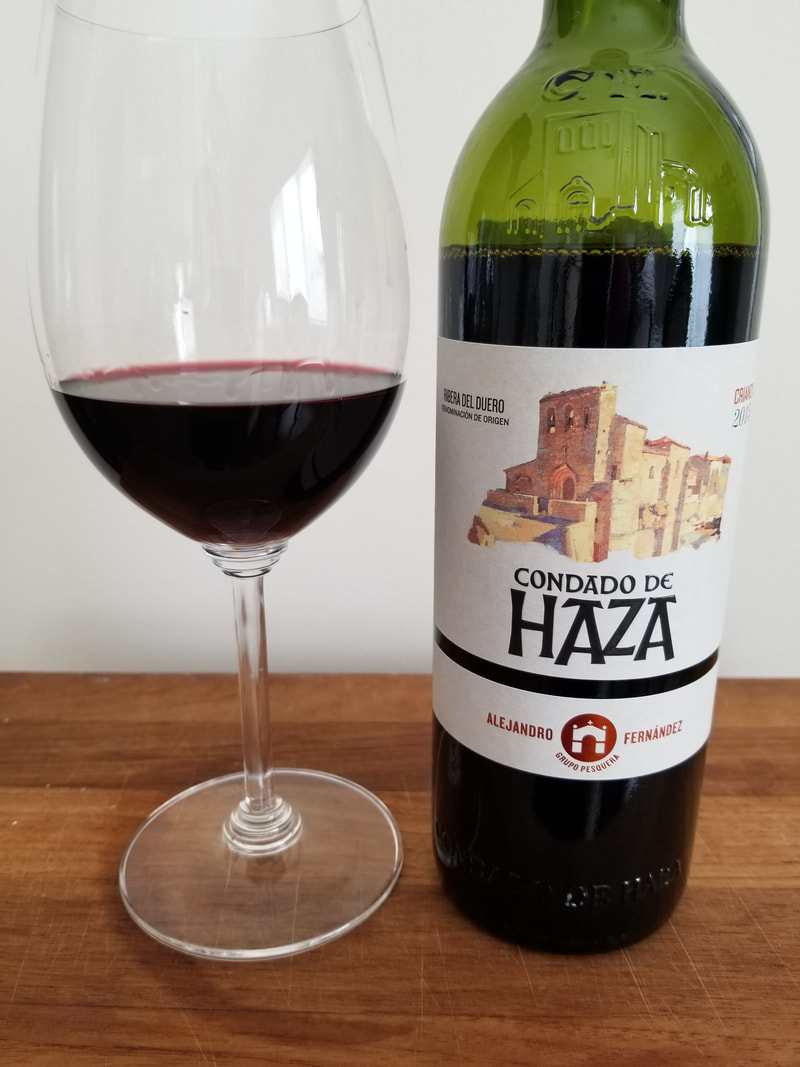 This wine is 100% estate-owned Tempranillo. After 18 months of barrel aging, the Condado de Haza Crianza is then aged for a minimum of 6 months in the bottle. The color is deep red, bordering on purple. Aromas of dark fruit, plum and sweet spice give way to a savory and understated dark fruit palate with hints of fennel, spice and chocolate. This is a straightforward wine with no pretention. It is nicely balanced with a long finish. Serve with grilled meat, hearty stews and spicy pasta. Alcohol: 14% SRP: $24 2013 El Vínculo Crianza – La Mancha After Alejandro discovered high-quality 100-year-old Tempranillo vines in the historic village of Campo de Criptana in La Mancha region, El Vínculo became the fourth estate. He signed a long-term lease in 1999 with the town’s best grape growers and assumed control of the yield of 50% of fruit dropped per year and harvest time. La Mancha is in the warmest region of the four estates and is exposed to more sun, heat and less moisture, but does experience an extreme continental climate. The vineyards have a combination of sandy and clay soil. This wine is 100% Tempranillo and aged for 18 months in American oak barrels and 6 months in the bottle prior to release. The color is deep red with wonderful aromas of ripe red fruit, plum, spice, violet and vanilla. Intense flavors of berries, plum, cherry liquor, earth, spice and toasted wood greet the palate. Round tannins and acidity are perfectly balanced with a long and persistent finish. Serve with grilled meats, poultry and stews. This is a lot of wine for the price tag! Alcohol: 14.5% SRP: $19 2015 El Vínculo Alejairén – La Mancha This is Grupo Pesquera’s first white wine with the first vintage released to the market in 2007. It is made from 100% Airén grapes; an indigenous white grape planted throughout central Spain and in particular the La Mancha region. It is drought-resistant and adapts well to hot, dry conditions and poor soils. The grape juice has mostly been used to make brandy and fortified wines such as port and sherry. The grapes for this wine are harvested from old vines in the Paraje la Golosa vineyard. It is aged 24 months in American oak barrels and a minimum of six months in the bottle. This wine is a tantalizing honeyed orange color with apricot, floral and oaky notes of vanilla and coconut on the nose. The palate is laden with hazelnut, apricot, baking spices and brioche. This is a dry wine with bright acidity and lots of character. Serve with an array of appetizers, light pasta and fish. The name Alejairén is derived from both Alejandro and the grape, Airén. Alcohol: 13.5% SRP: $30 2014 Tinto Pesquera Crianza – Ribera del Duero This 100% Tempranillo is produced from their flagship bodega covering 200 hectares of vineyards near the Duero River. The grapes are harvested from 40-year-old vines that grow in sand, gravel, clay and limestone. Aging takes place for 18 months in American oak barrels and then 6 months in the bottle. The color is reminiscent of black cherries with lots of dark berries, dark cherry and sweet spice aromas. A succulent layer of flavors envelops the palate with ripe fruit, dark cherry, plum, nutmeg and chocolate. It is beautifully balanced with silky tannins and a long finish. Hands down, this is a rich and elegant wine. Pair with meat, game, stews and an assortment of hard cheese.
Alcohol: 14.5% SRP: $35 I fully understand now why Alejandro Fernández is called the “Master of Tempranillo”! His bond and respect for the land upon which his grapes grow are apparent in every bottle of these expressive wines. Cheers to Alejandro and his family! Until next time… Cheers! Penny To leave a comment or if you have an inquiry, please contact me at [email protected] With International Tempranillo Day arriving on November 8th, I can’t think of a better way to celebrate than with Bodegas LAN wines. The last time I opened a bottle of Bodegas LAN was this past spring. It was a Crianza 2010, a very juicy and expressive wine. So, I was quite happy when I received samples of LAN Crianza 2014 and LAN Reserva 2011. Tempranillo is a black grape variety indigenous to Spain. It is also Spain’s signature wine grape. The two major regions that grow Tempranillo in Spain are Rioja and Ribera del Duero. To recap from a previous story, Rioja wine region is located in North Central Spain, in a valley along the Ebro River. It is divided into three sub-regions: Rioja Baja, Rioja Alta and Rioja Alavesa. Bodegas LAN was founded in 1972 and is located in the town of Fuenmayor, bordering the Ebro River in the sub-region of Rioja Alta. The name “LAN” is an acronym using the initials of each of the three provinces that form the D.O.Ca in Rioja: Logroño, Alava and Navarra. To quote the winery, “LAN means respect for the history of this land”. The Viña Lanciano vineyard is comprised of 72 hectares in Rioja Alta and is protected from the wind and cold weather by the Sierra Cantabria Mountains which in turn generates a microclimate. The vineyard is divided into 24 plots of Tempranillo, Mazuelo, Graciano and Garnacha vines, with many of the vines averaging sixty years of age. The soil is diverse and made up of mostly limestone, clay and is very stony. Having deep respect for the earth and balance of nature, Bodegas LAN practices sustainable viticulture and refrains from the use of chemical fertilizers. Grapes are hand-harvested and individually selected by hand once they reach the winery to make sure that only the best clusters are chosen. Crianza is a Spanish wine classification indicating the wine is aged for a minimum of one year in oak barrels and a few months in bottle. Reserva classification indicates the wine is aged for a minimum of three years, of which at least one year must be in oak and the rest in bottle. Reserva is made from the best grapes of the harvest and is only made if the growing season was a good one. Bodegas LAN Rioja Crianza 2014 is a blend of 95% Tempranillo and 5% Mazuelo grapes selected from 10 to 20-year-old vines. The wine is aged for 14 months in hybrid barrels of American and French oak that have been incorporated into one barrel. The wine rests in the bottle for an additional nine months before release. The color is dark ruby with aromas of ripe fruit, red cherry, cranberry and hints of vanilla. The palate is layered with dark cherry, pomegranate, spice and toffee. It is well balanced and smooth. Pair with appetizers, grilled meat, poultry and pizza. Alcohol: 13.5% SRP: $12 Bodegas LAN Rioja Reserva 2011 is a blend of 92% Tempranillo and 8% Graciano grapes selected from 20 to 25-year old vines. The wine is aged in hybrid barrels of American oak staves and French oak heads for a minimum of 16 months, followed by 24 months in bottle. The color is dark ruby bordering on garnet. The nose offers red fruit, dark cherry, plum and sweet spice. The palate is juicy with red fruit, cranberry, spice, licorice, dried fruit and smoke. Hints of vanilla and spice linger on a long and silky finish. Serve with spicy cuisine, stews, hearty soups and hard cheese. Alcohol: 13.5% SRP: $15 Join me in the celebration on November 8th and pour yourself a glass of Rioja wine!
Until next time… Cheers! Penina To leave a comment or if you have an inquiry, please contact me at [email protected] |
Categories
All
|

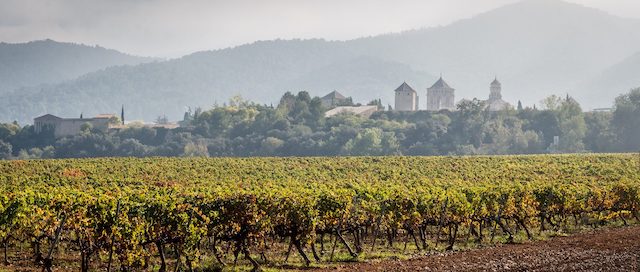
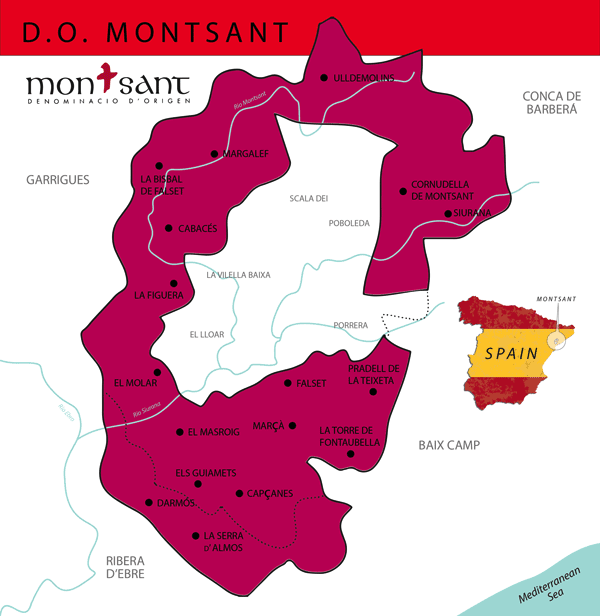
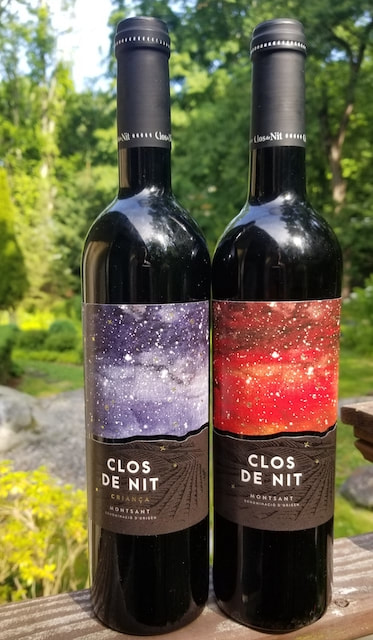
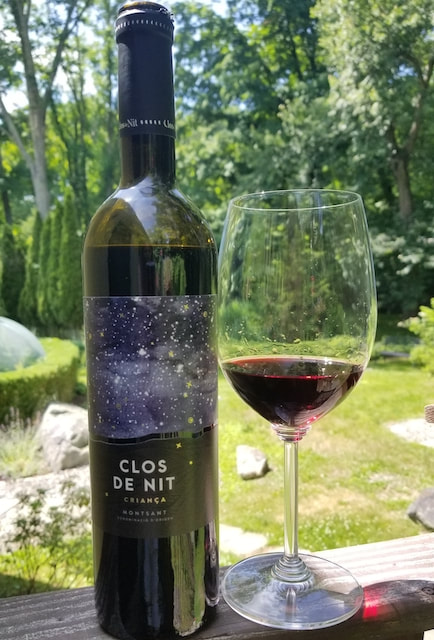
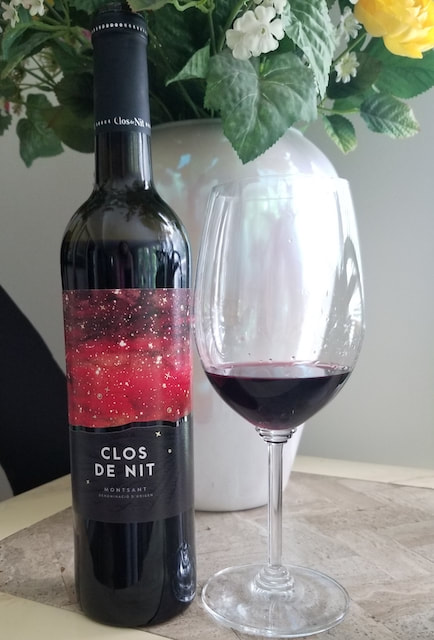
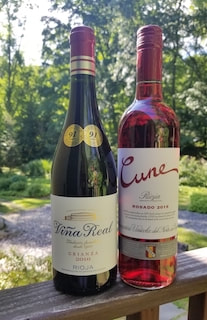
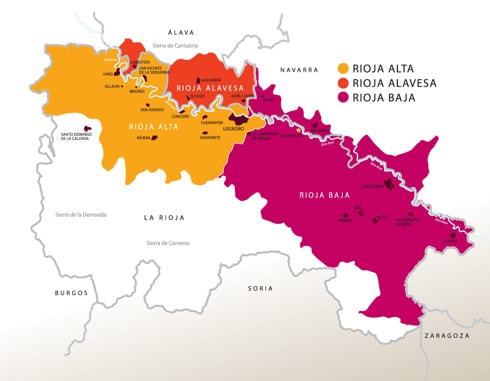
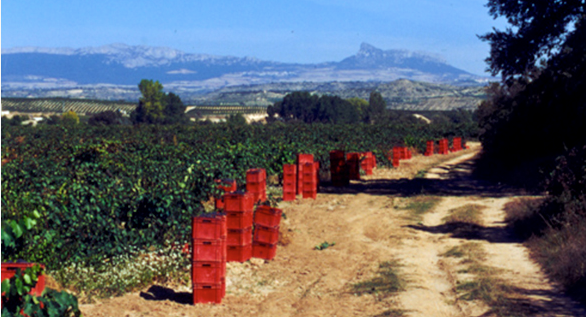
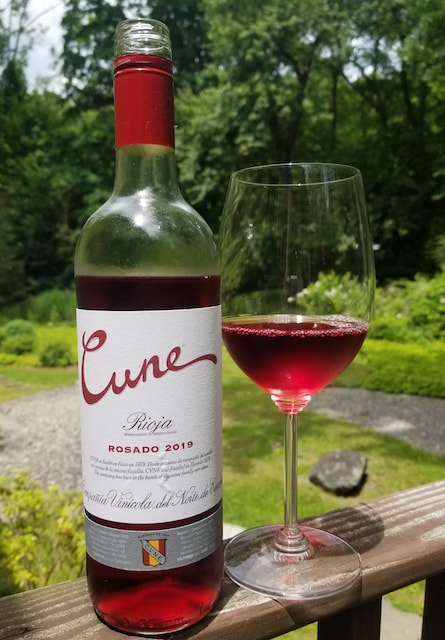
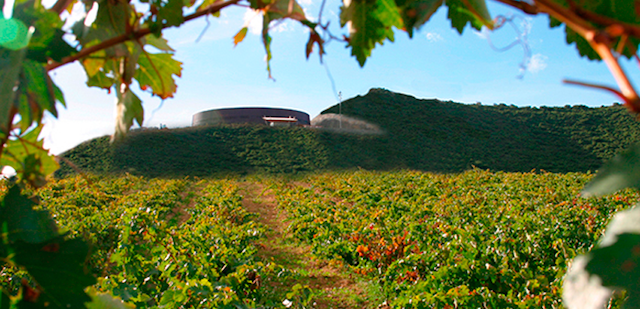
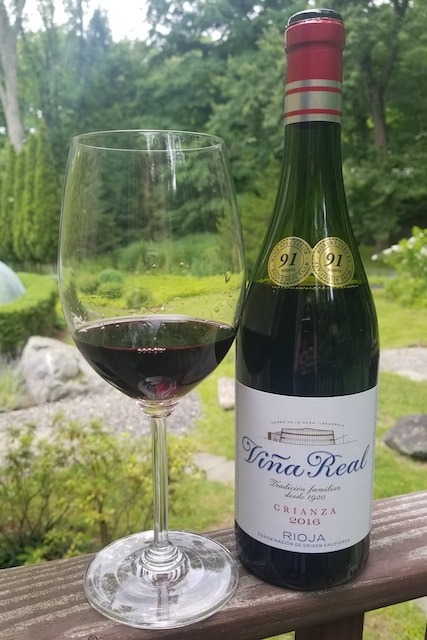
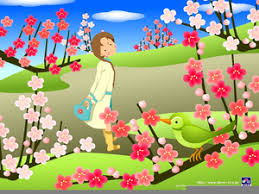
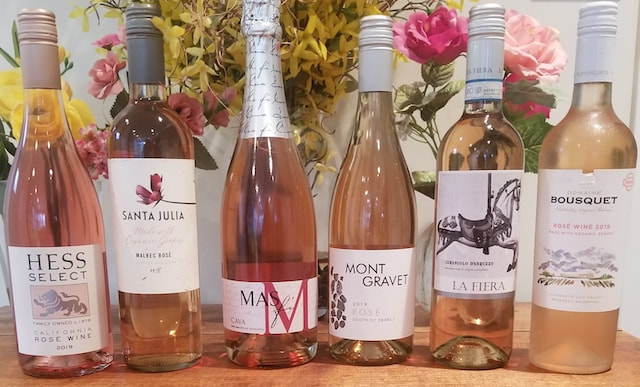
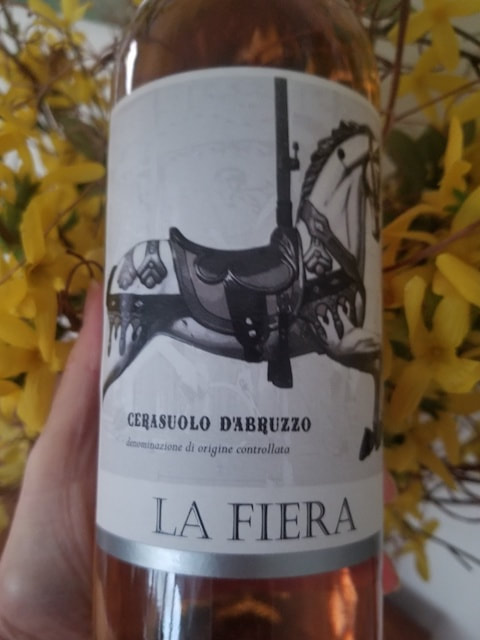
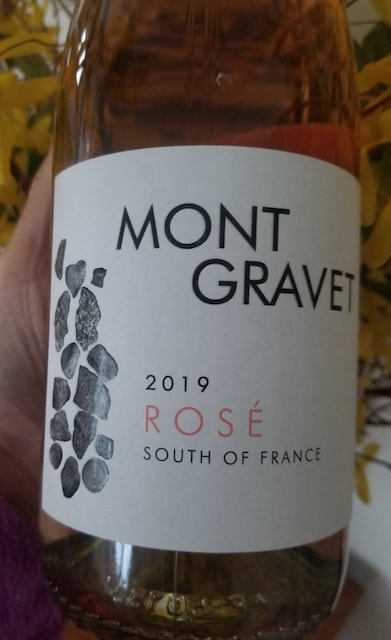
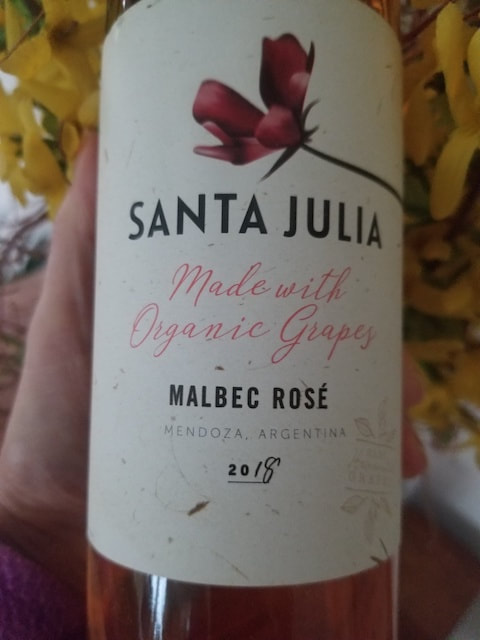
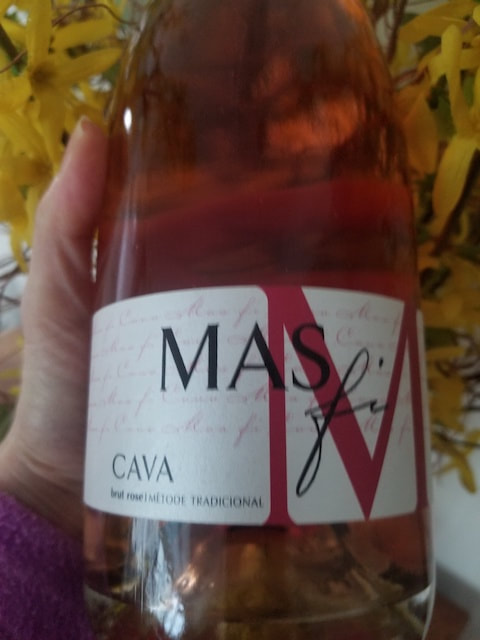
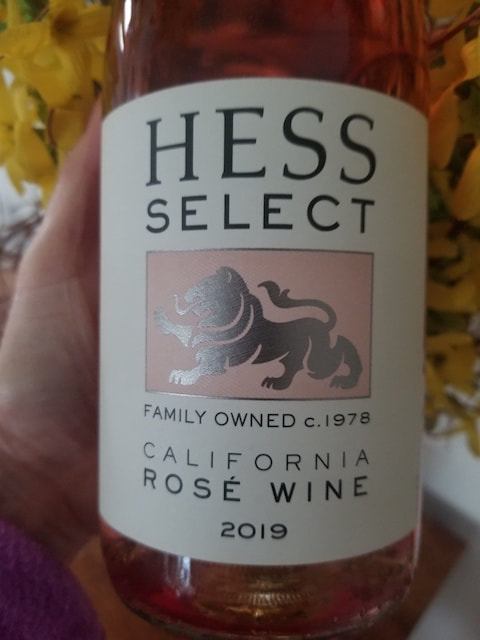
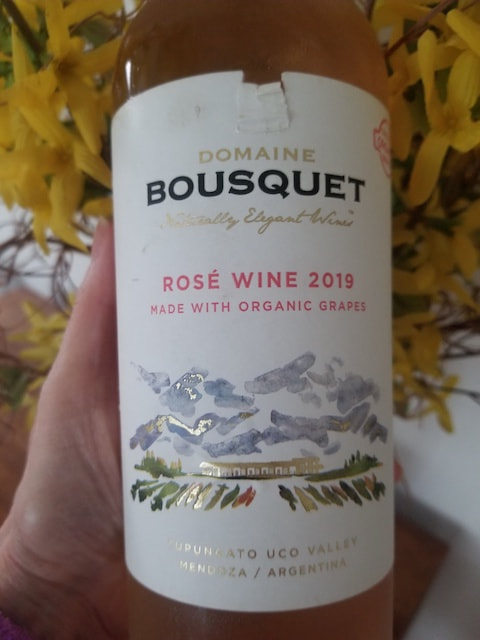


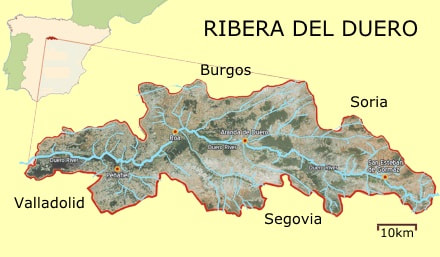
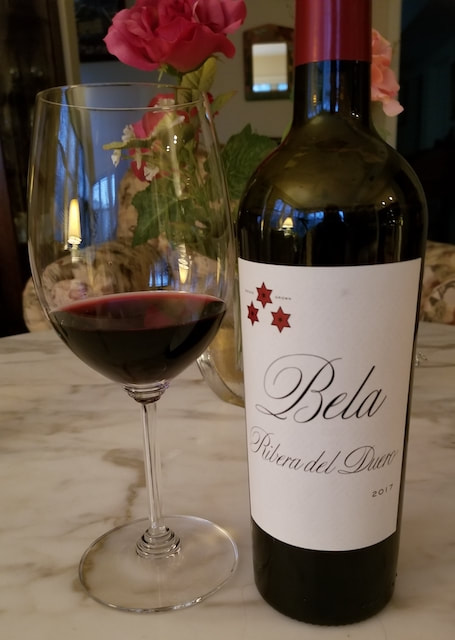
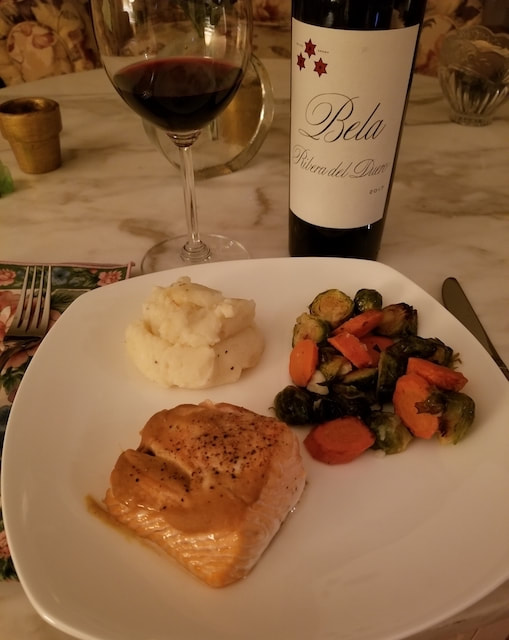

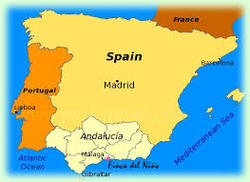
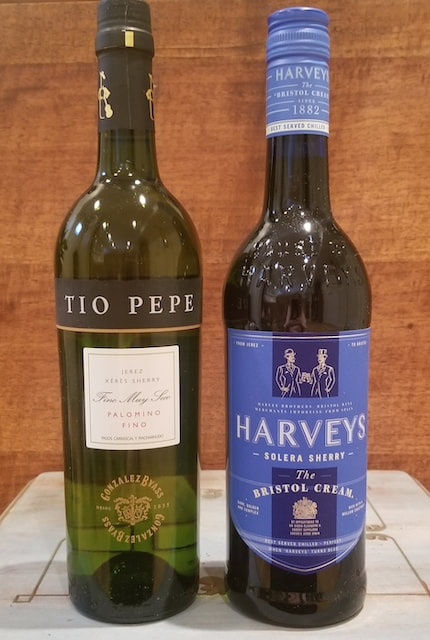
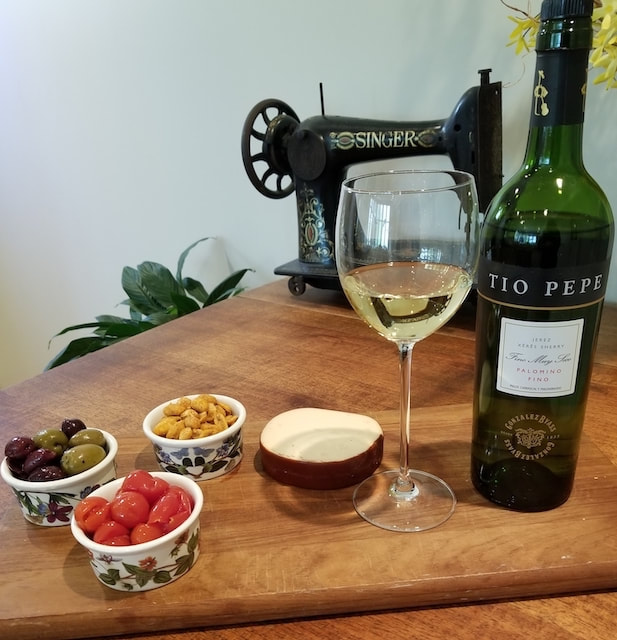
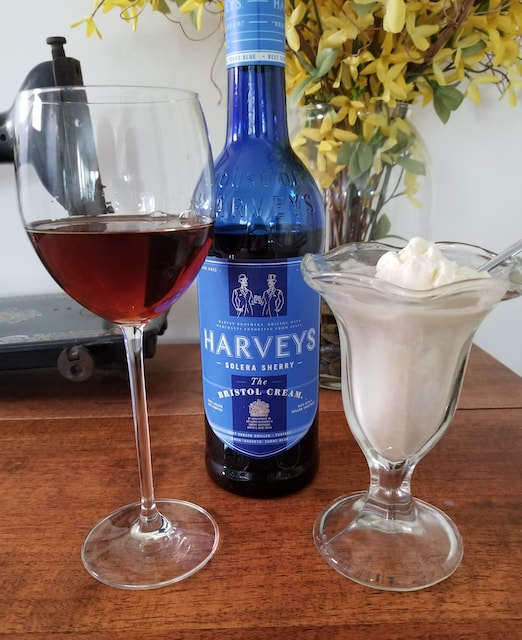

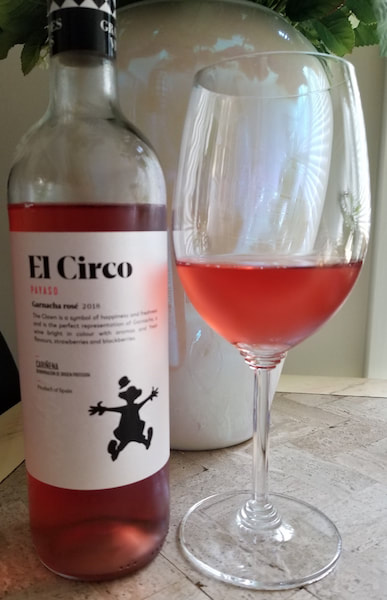
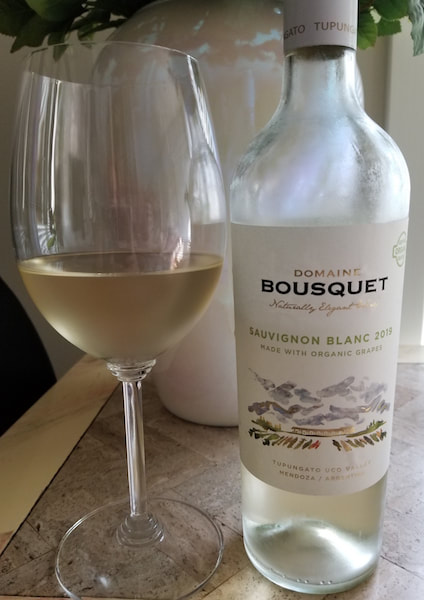
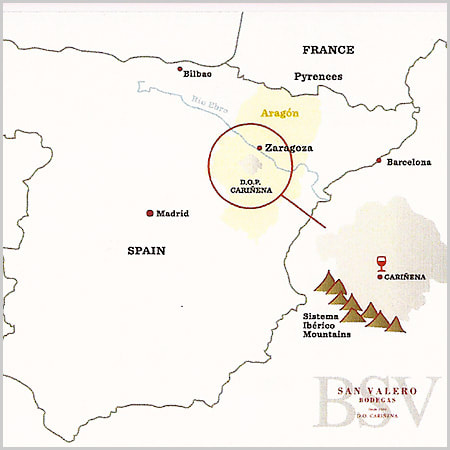

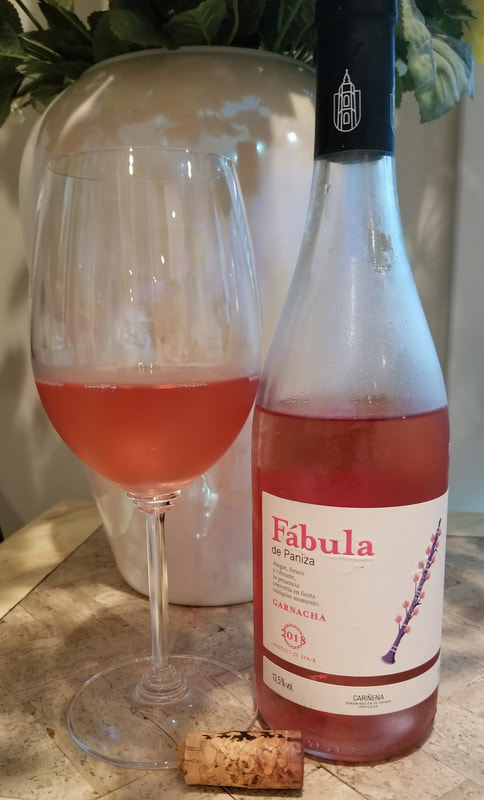
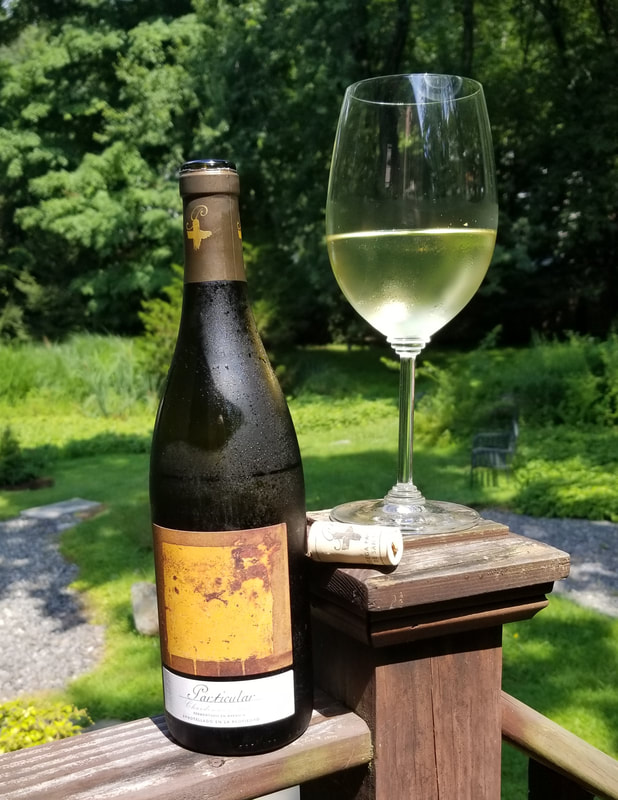
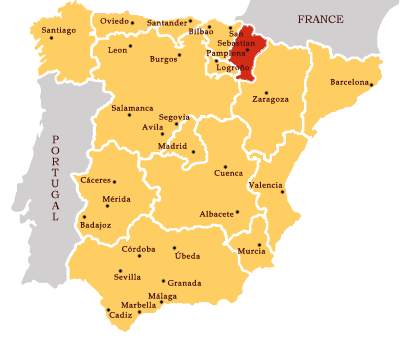
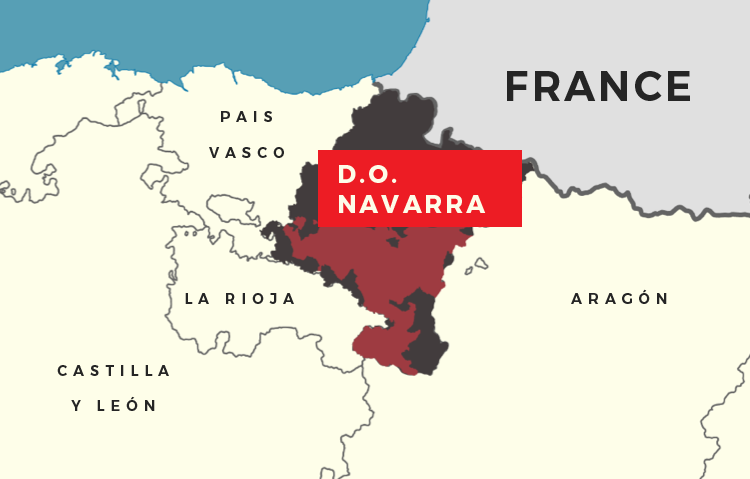
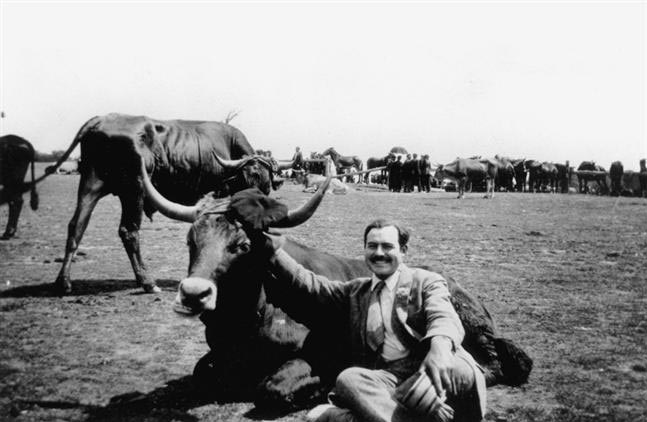
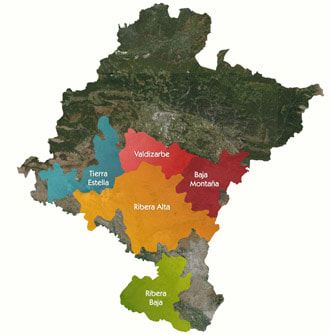
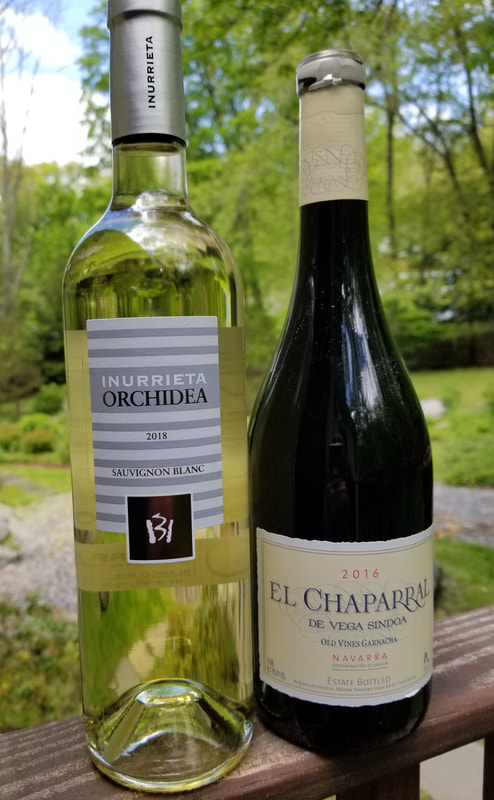
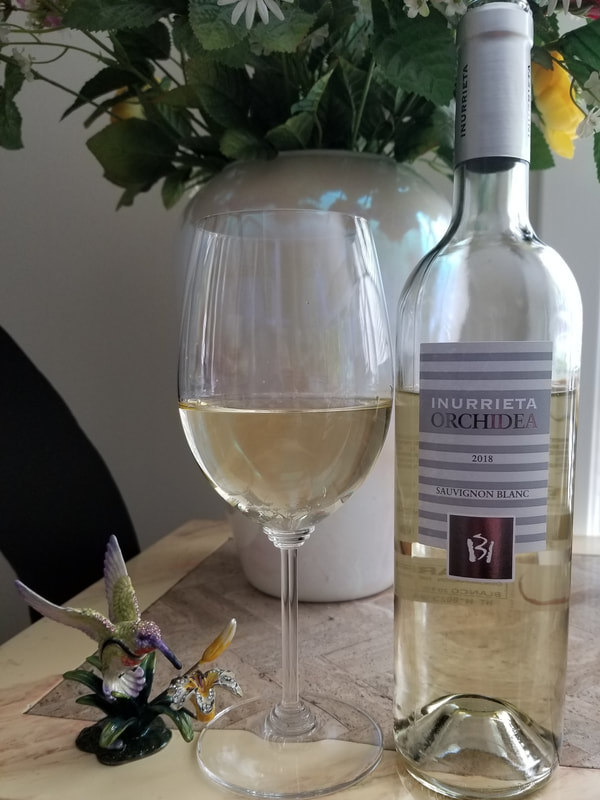
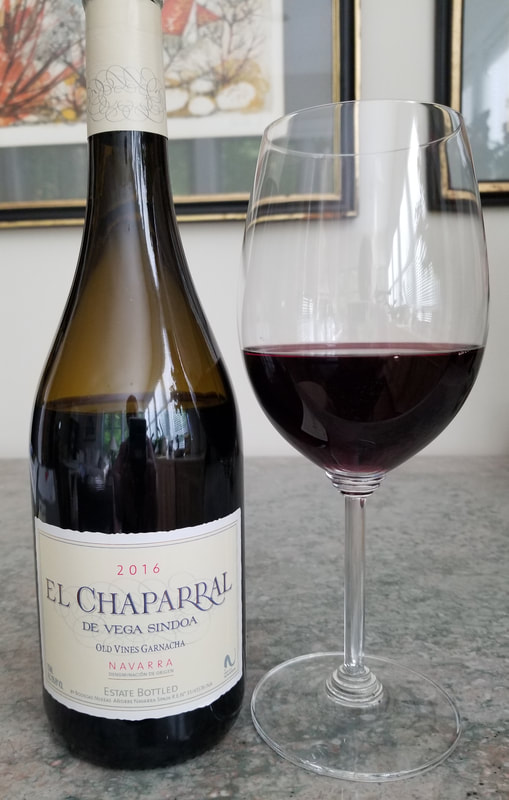
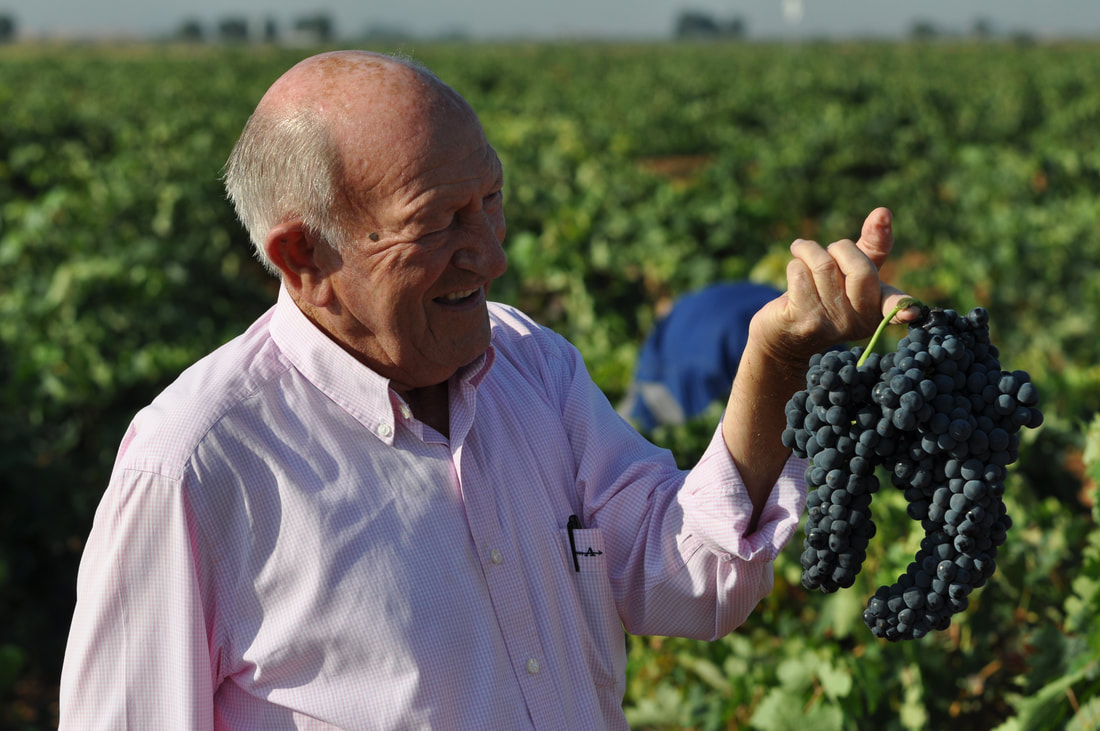
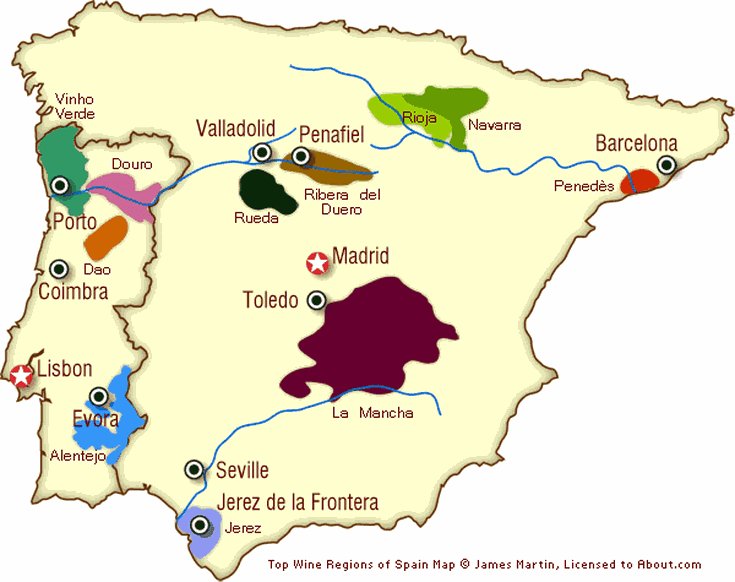
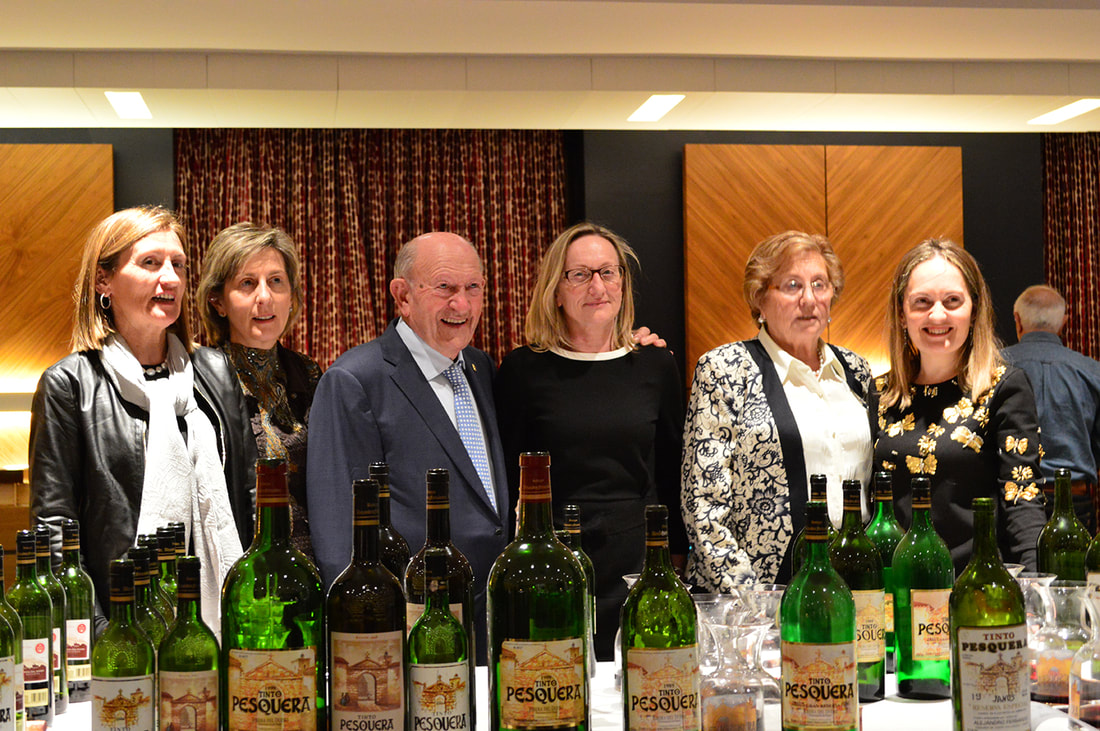
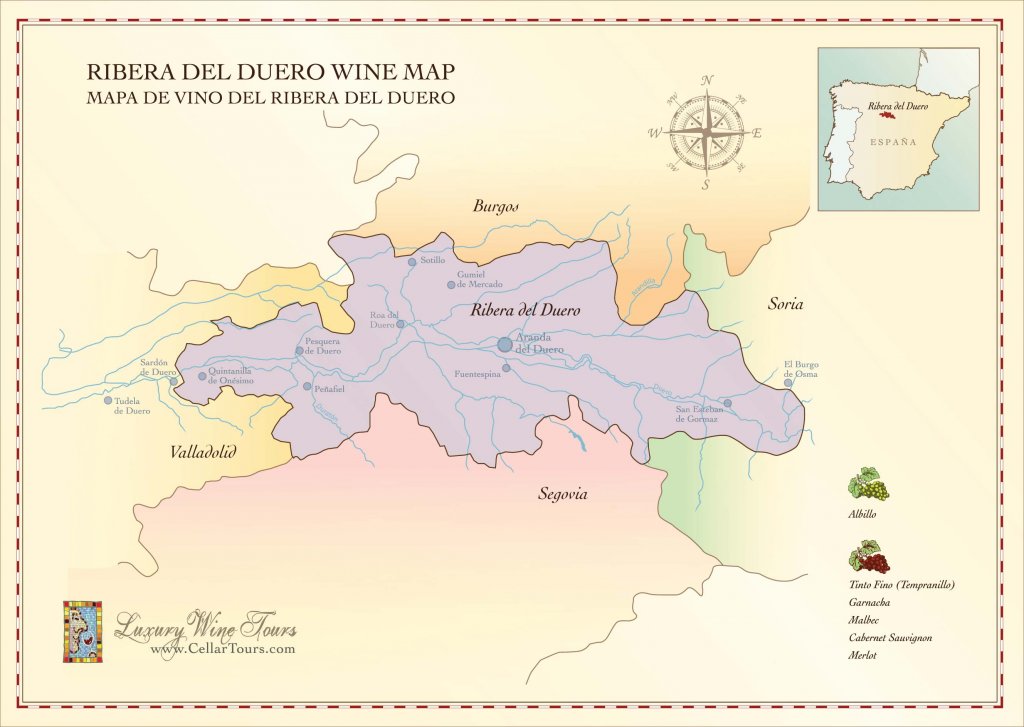
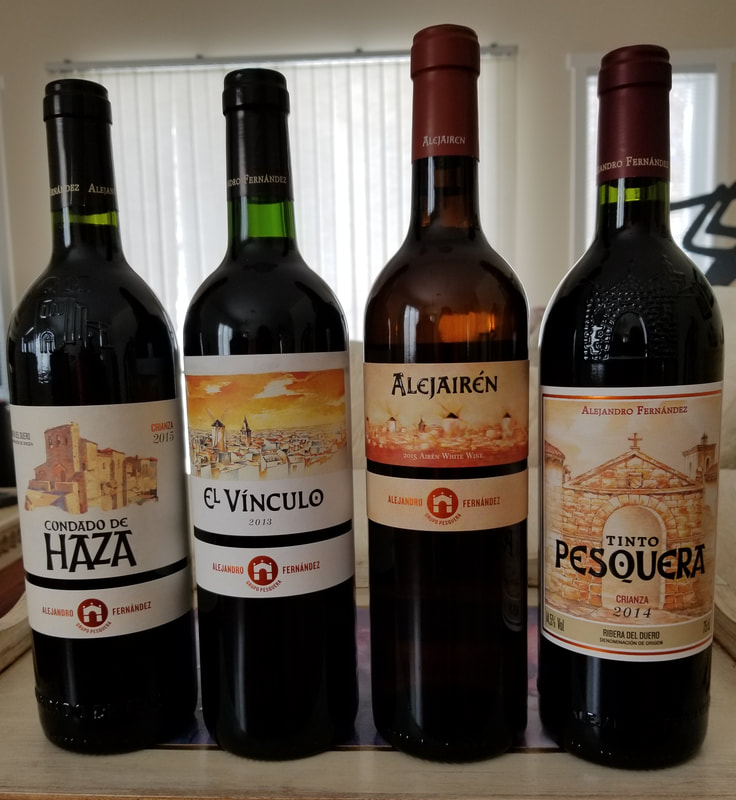
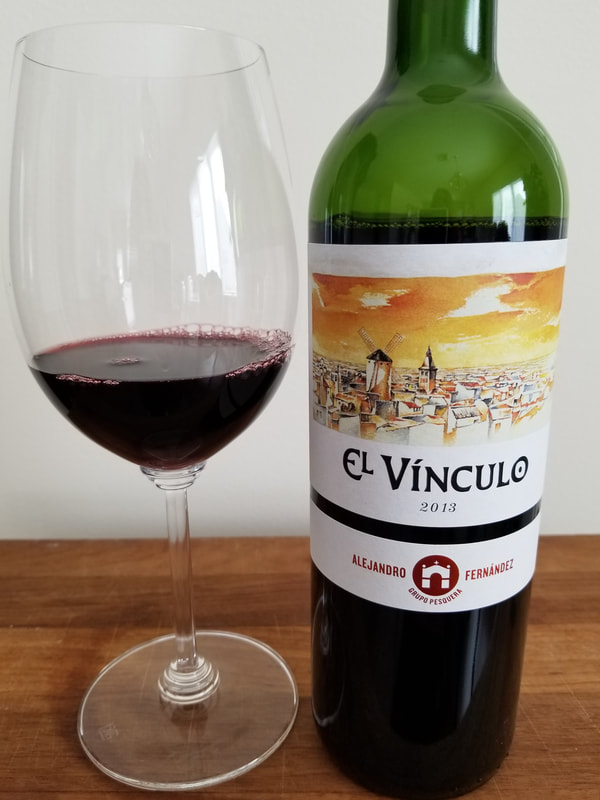
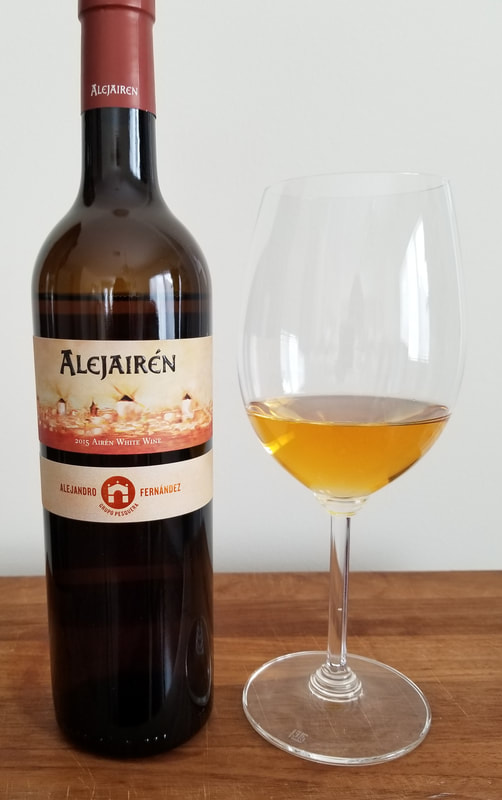
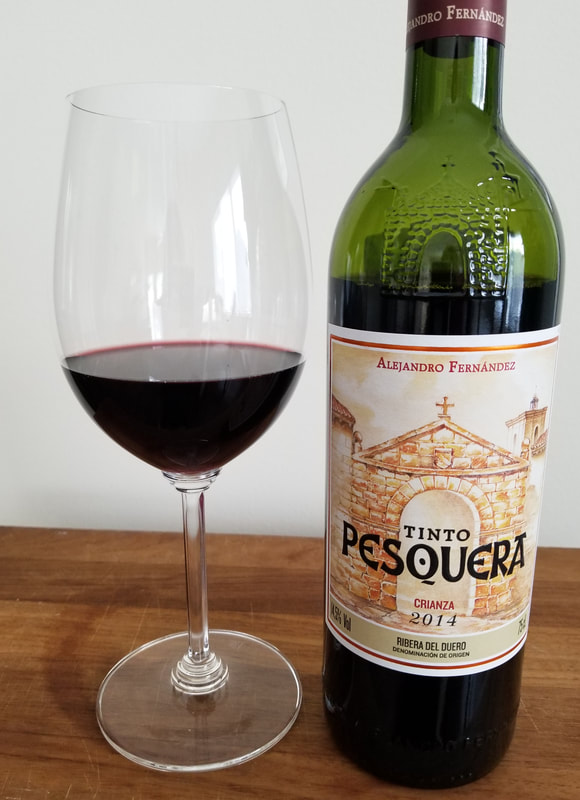
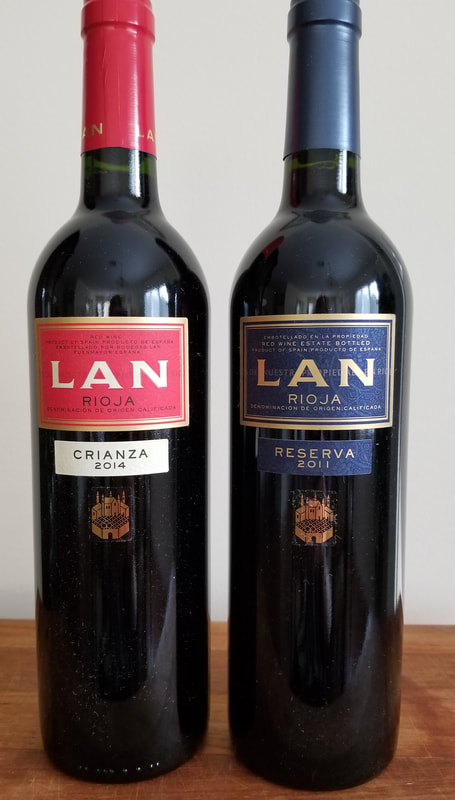
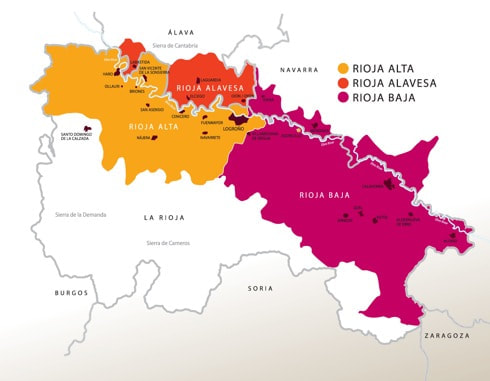
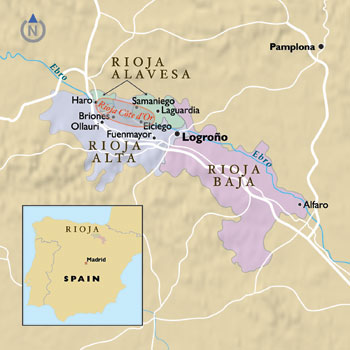
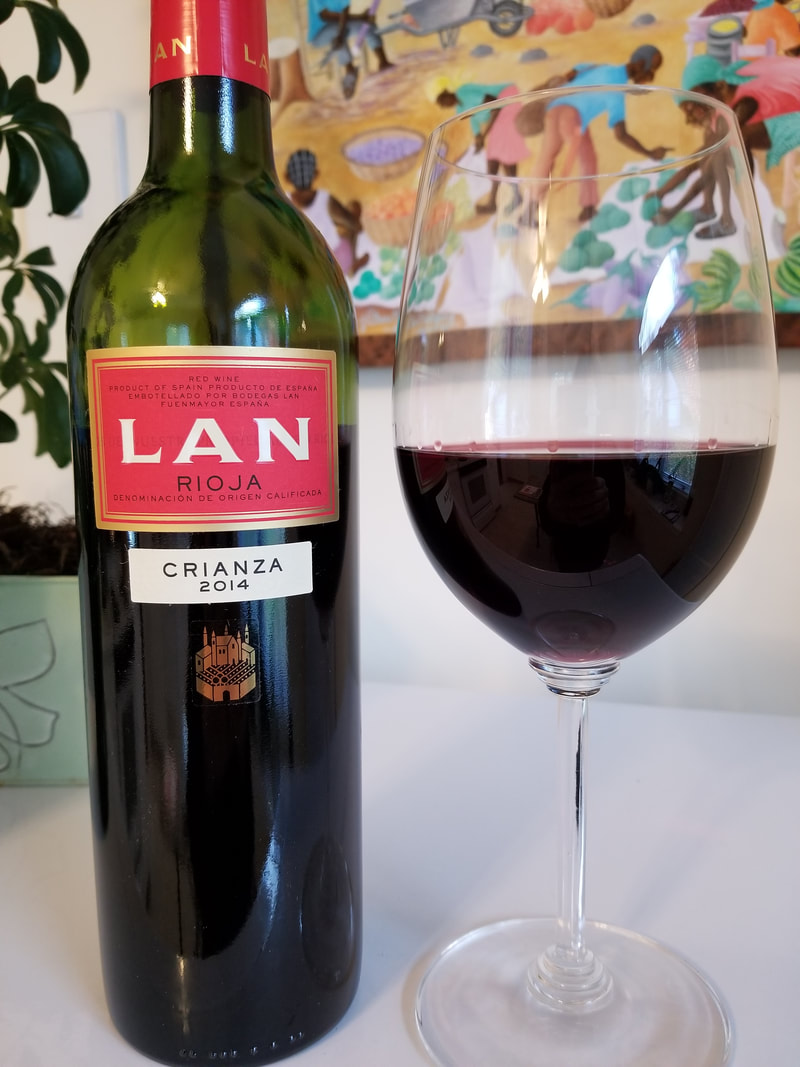
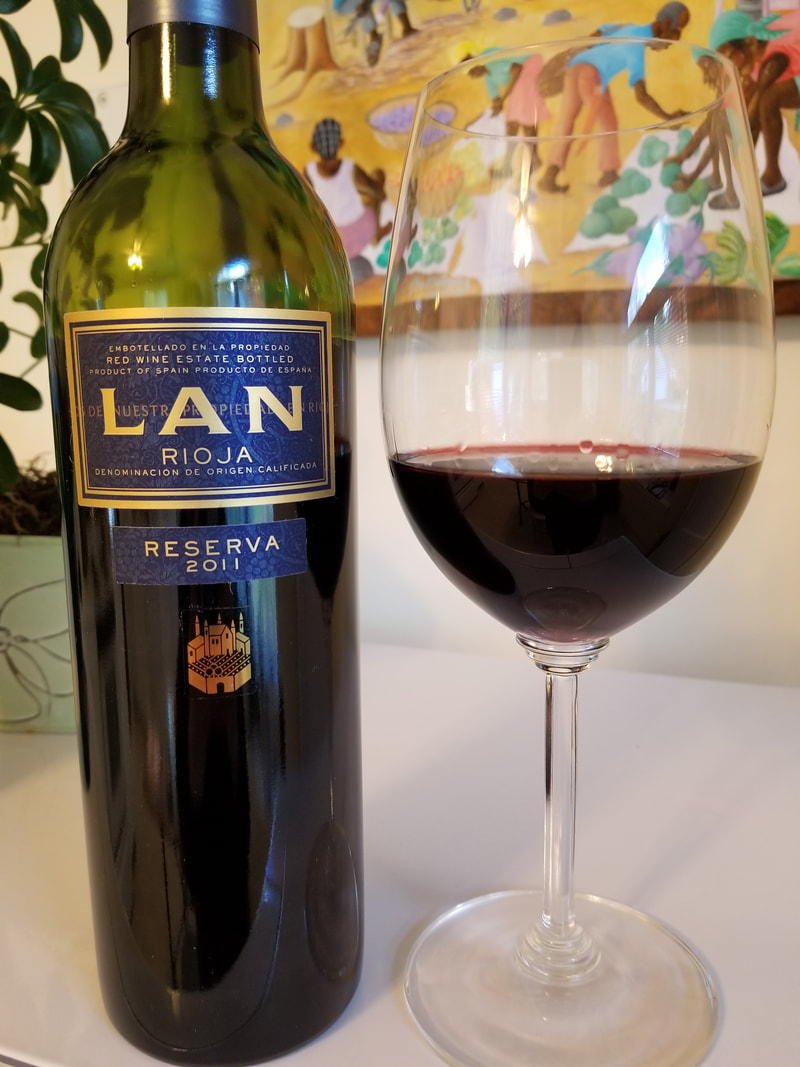
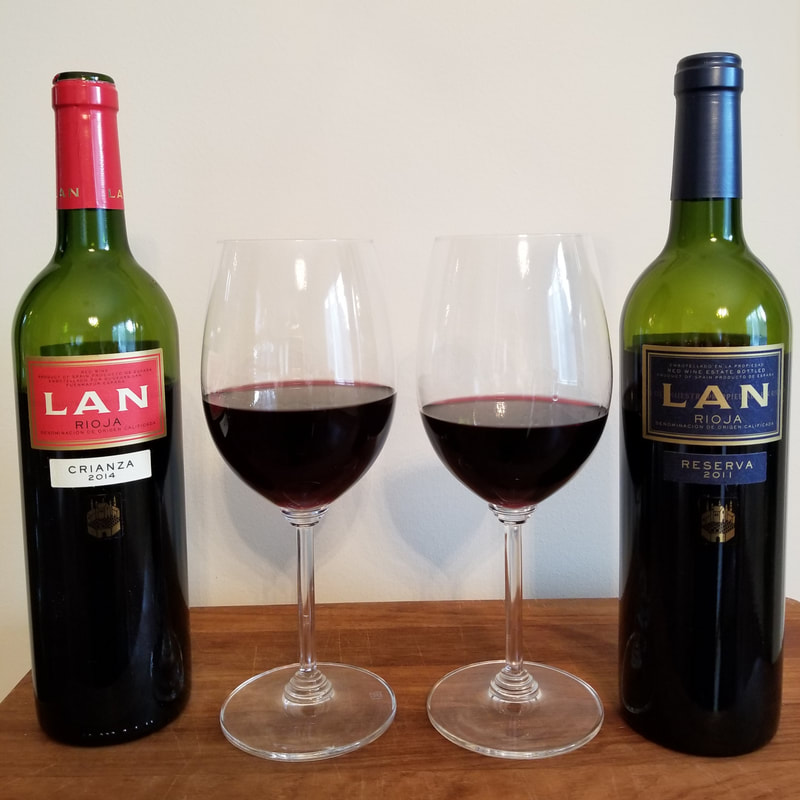
 RSS Feed
RSS Feed